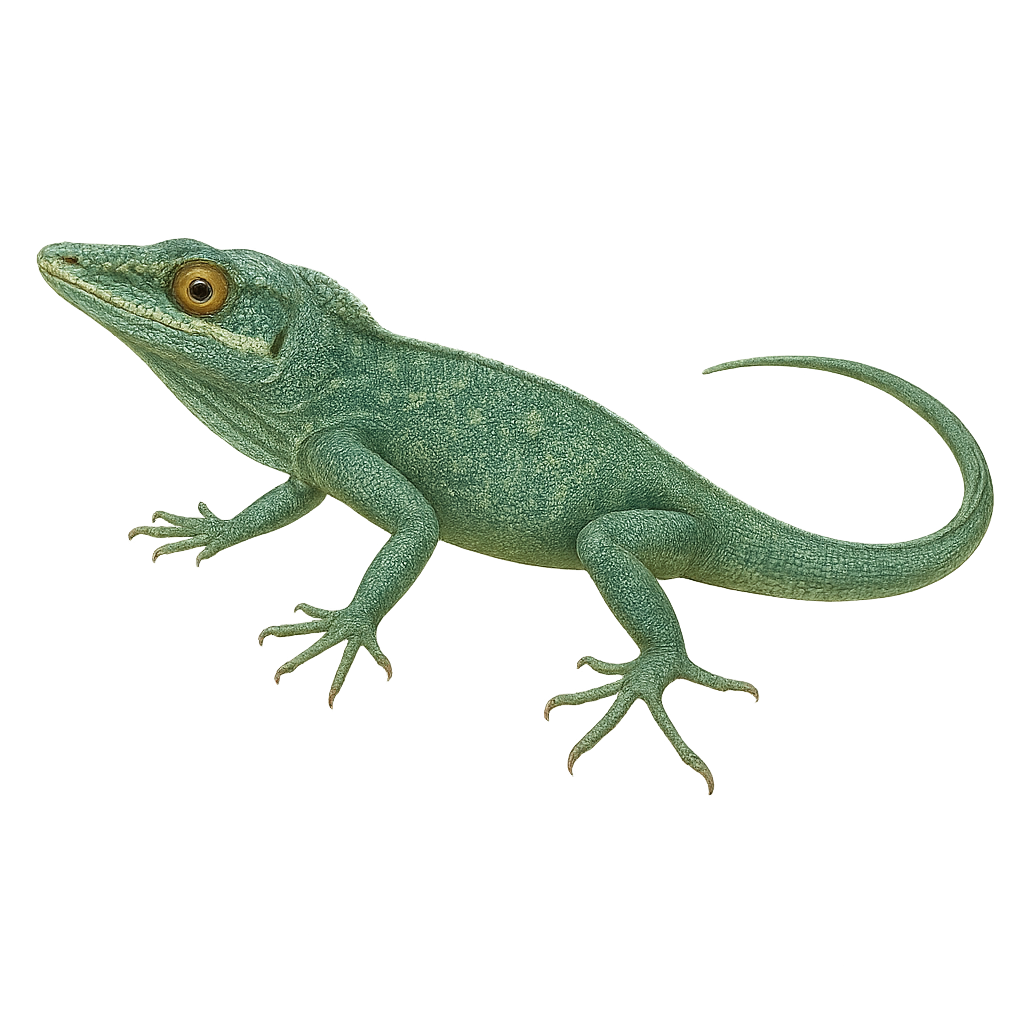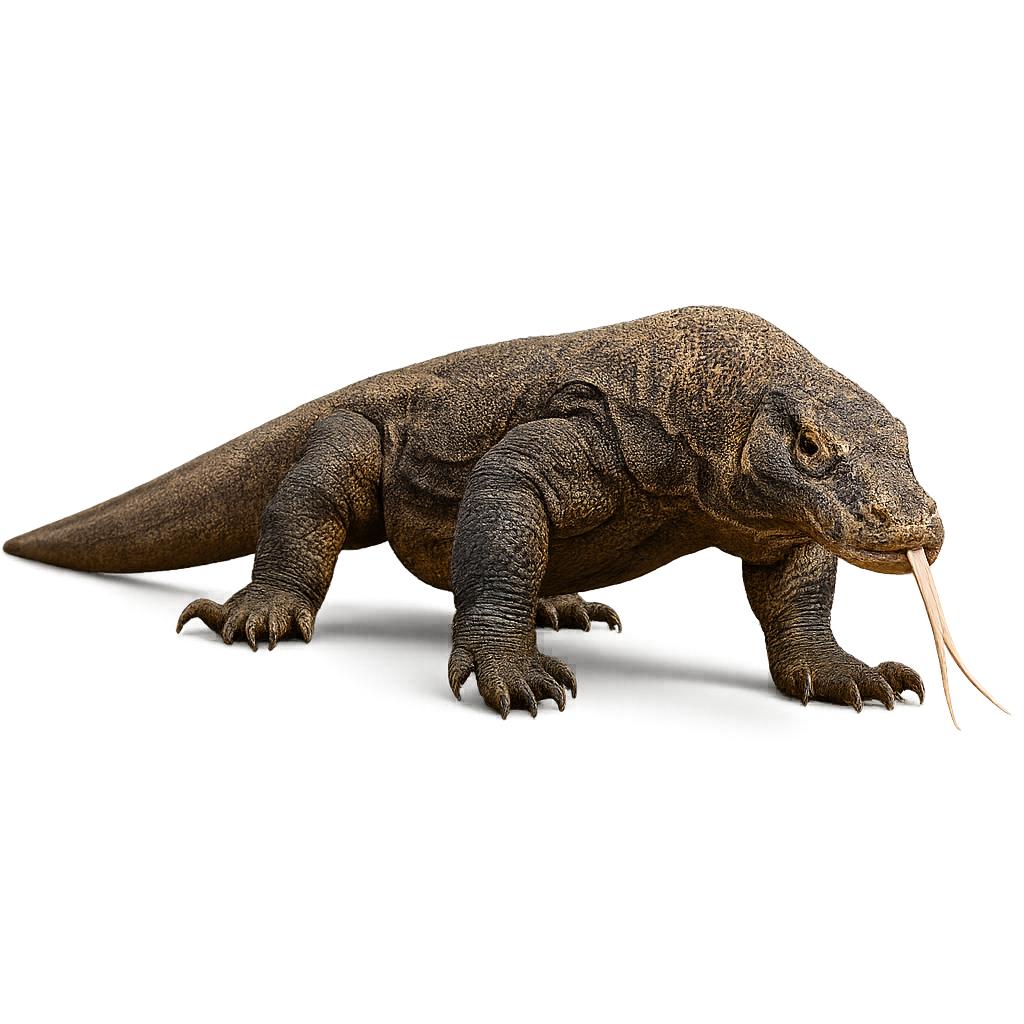Your wildlife tracking tool..
Browse 2,846species by country, track observations, and plan your photo outings.
Your global reference for wildlife photography
WildlifePhotographer gives you access to over 2,846 wildlife species sheets to help you identify, understand, and photograph wildlife around the world. Mammals, birds, reptiles… each sheet provides key information: habitat, activity, life cycle, signs of presence, and tailored photo tips.
Our database grows every week with new iconic species. To go further, access maps, reminders, logs, and personalized statistics in the app — designed to meet the real needs of wildlife photographers in the field.
Knight Anole
Anolis equestris
The Knight Anole, or Anolis equestris, is a large lizard native to Cuba, although it has been introduced to parts of Florida. It can grow up to 50 cm in length, including the tail, and is known for its bright green color, which can vary depending on its mood or environment. This arboreal lizard prefers humid tropical forests where it primarily feeds on insects, small birds, and fruits. It has a broad head and mobile eyes, allowing for effective peripheral vision. Males have a prominent dewlap used to impress females or intimidate rivals.
King cobra
Ophiophagus hannah
The king cobra is a large venomous snake in the family Elapidae, reaching 3–4 m in length, with olive-brown body and a lighter dorsal hood. It inhabits tropical forests, mangroves and wetlands, feeding mainly on other snakes, small mammals and birds. During breeding season, males engage in ritual combat and females build a leaf nest to lay 21–40 eggs.
Komodo dragon
Varanus komodoensis
The Komodo Dragon is a large carnivorous lizard, famous for its impressive size and strength. It typically measures between 2 and 3 meters in length and can weigh up to 70 kg. Its massive body is covered with scales, usually grayish-green, which helps it blend into its natural environment. The Komodo Dragon is found exclusively on a few islands in Indonesia, including Komodo, Rinca, Flores, and Gili Motang. This apex predator feeds on a variety of animals, from birds to mammals like deer, as well as carrion. It primarily hunts using its developed sense of smell, able to detect odors from several kilometers away. Due to its powerful bite and saliva filled with bacteria, the Komodo Dragon can incapacitate its prey and wait for it to succumb to infection before feeding. The species is listed as vulnerable, threatened by habitat loss, illegal hunting, and excessive tourism. Conservation efforts are in place to protect this unique creature and its habitat.




